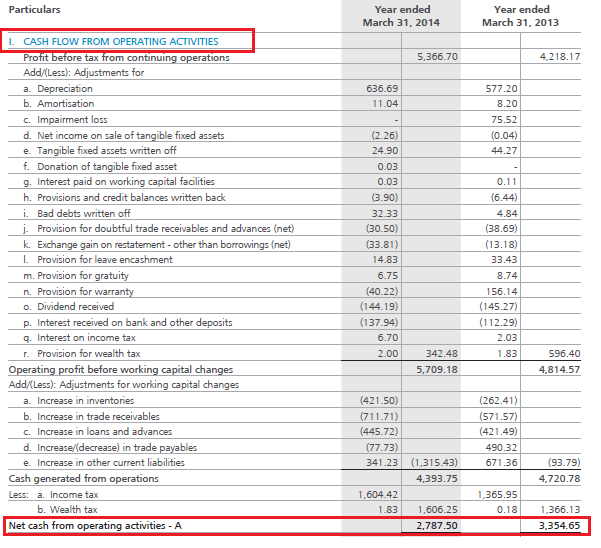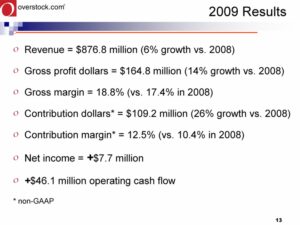
It’s important to have this information before running payroll, especially if you are doing payroll manually. You want to ensure that you’re making the right deductions for each employee. Your employees’ responses on Form W-4 tell you whether they are exempt from payroll tax deductions. If an employee isn’t exempt from tax withholding, Form W-4 tells you how much you should deduct from their paychecks based on their filing status. While having a business bank account isn’t mandatory to run payroll, most businesses use a dedicated business bank account to handle all their business transactions, including payroll. From there, your accounting professional will calculate employee gross pay and make adjustments based on their employee classification.
Step 2: Ask employees to fill out an Employee Withholding Certificate
Note that the current percentages for Social Security is 6.2% for the employer and 6.2% for the employee. The Medicare rate is 1.45% for the employer and 1.45% for the employee. Make sure you set aside the right amount from the employee’s gross wages and from your own business account to pay these required taxes. Now that the payroll payments are on their way to employees, it’s time to update your payroll records.
Factor in Any Employee Benefits
Your employees depends on timely paychecks to cover essential expenses like rent or mortgages, utilities, loans, food, medications, and more. With an efficient payroll processing system, you can ensure on time payment to your employees. Paying independent contractors or freelancers is usually more simple than paying employees. You will pay them employer liability for unemployment taxes based on the terms agreed upon, but you do not need to collect taxes or other deductions for these workers.

Once the payroll period comes to a close, you will need to collect and review timesheets. In order to calculate gross pay for salaried, exempt employees, you will take their yearly salary and divide it by the number of payroll periods in the year. At the time of writing, the lookback period for 2023 starts on July 1st, 2021, and ends on July 30th, 2022.
best payroll methods for businesses
In order to process payroll and the necessary payroll taxes, you will need to have both an Employee Identification Number (EIN) and your state tax ID numbers handy. There are several free payroll software options that allow you to process payroll at no cost to you minus the time it takes to use the software. You can also use payroll spreadsheets and take the completely DIY payroll route for another free payroll alternative, though we recommend using payroll software to avoid errors and save time. However, if you prefer a hands-off approach to running payroll for your business, consider PEO services or hiring an accountant or an accounting firm to run your business’s payroll. If any of your employees are the difference between implicit and explicit costs eligible for pre-tax deductions, you need to ensure that you withhold those deductions before you calculate and withhold any tax payments.
Intuit Inc. does not warrant that the material contained herein will continue to be accurate nor that it is completely free of errors when published. For instance, the Age Discrimination in Employment Act (ADEA) requires employers to keep all payroll records for three years. That information must include any employee benefit plans (including retirement or insurance) and any written seniority or merit system. If your employee has any deductions, make sure to deduct them accordingly.
- If you don’t know your EIN or don’t have one, you can apply for an EIN online.
- You can collect the necessary data using paper timesheets, punch clocks, or spreadsheets.
- The government identifies U.S. citizens using their social security numbers.
- You’ll then determine the net pay amount, pay your employees, and make tax deposits to the relevant tax agencies on time to comply with tax regulations.
- First, you need to determine the gross wage amount for each employee, then calculate and subtract various withholdings, such as income taxes.
Have you ever eagerly anticipated payday only to receive an incorrect or delayed paycheck? If so, you know why accurate, timely pay is arguably bookkeeper360 the most important benefit you can provide your employees. Next, you’ll want to calculate gross pay, or the total pay earned before taxes and deductions. This is also the time to check on PTO, additional pay such as commissions and bonuses, and any other factors that will influence your employees’ paychecks.
Problem #3: Setting up payroll incorrectly or misclassifying employees
Typically, while hourly employees are paid weekly or biweekly, monthly payment is generally more common for salaried employees. It takes attention to details with requirements that you can’t make mistakes on. While it is possible to process payroll manually, you are likely better off paying a small fee to have a payroll provider do all the work for you.
